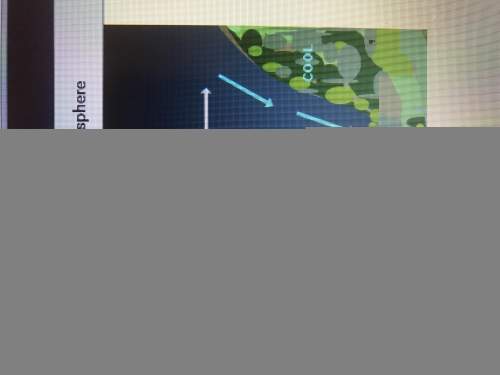Question 1 (5 points)
Saved
Which of the following is a piece of empirical evidence sup...

Question 1 (5 points)
Saved
Which of the following is a piece of empirical evidence supporting evolution?
Question 1 options:
Mycology
Progression of traits
Asexual reproduction
Biogeography
Question 2 (5 points)
Saved
What were the focus point of the finches that allowed Darwin to observe significant variations?
Question 2 options:
Feathers
Eyes
Beaks
Claws
Question 3 (5 points)
What happens to a population when it's larger than the available resources can accommodate?
Question 3 options:
The environment will produce more nutrients and resources to support the population.
All of the organisms in that population will die.
The organisms who need fewer nutrients will support the organisms who need more.
The organisms not well suited for that environment won't survive.
Question 4 (5 points)
Which of the following terms means that the organisms are structurally and functionally related?
Question 4 options:
Homologous
Analogous
Archaic
Vestigial
Question 5 (5 points)
What did the peppered moths signify in evolution?
Question 5 options:
Organisms are constantly changing, but they're only driven by internal changes.
Environmental factors can change which organism is best suited for survival.
The environment always has a detrimental effect on organisms.
Human behavior is the main driver behind artificial selection.
Question 6 (5 points)
A fossil record for whales demonstrates the evolution from one whale into two new whale species. Why is this supporting evolution?
Question 6 options:
The fossil record shows that the structure of the whale is changing over time, which is a requirement of evolution.
The fossil record shows that there are large splits in the development of new species, supporting macroevolution.
The fossil record shows that multiple species of whales have converged into one species because of best fit.
The fossil record captures every change in a species that leads to a new species.
Question 7 (5 points)
An organism has the allele frequency of a = 0.4 and b = 0.3. What's the frequency for allele c?
Question 7 options:
c = 0.3
c = 1.0
c = 0.0
c = 0.4
Question 8 (5 points)
Which of the following is/are not a condition affecting the Hardy-Weinberg equilibrium?
Question 8 options:
Genetic drift
Natural selection
Mutation
Recessive traits
Question 9 (5 points)
How do mutations occur?
Question 9 options:
Mutations occur through a negative change within that organism's DNA.
Mutations occur through the intentional alteration of amino acids.
Mutations occur randomly through changes in DNA.
Mutations occur as directed responses to changes in the environment.
Question 10 (5 points)
In polygenic traits, when the bell curve distribution of traits moves to one end of the curve because of a preference for best fit of that trait, what's this shift called?
Question 10 options:
Disruptive selection
Stabilizing selection
Directional selection
Nonjunction selection

Answers: 3


Another question on Biology

Biology, 22.06.2019 03:30
In 1992, hurricane andrew left a wake of destruction through florida. one victim of the storm was a reptile-breeding facility. over 900 burmese pythons were set free, and today thousands of pythons live in florida. these pythons are an invasive species, or a harmful species not native to the region. 1. what impacts do you think the burmese pythons might have on local ecosystems
Answers: 2

Biology, 22.06.2019 13:30
Which of th following best describes how genes produce traits in an organism?
Answers: 2

Biology, 22.06.2019 15:30
Modern computers can store about as much information as the human brain. true false its false i took the test
Answers: 2

Biology, 22.06.2019 16:30
Tay-sachs disease is caused by a mutation in the hexa gene located on chromosome 15. tay-sachs follows an autosomal recessive pattern of inheritance. with the of the diagram, identify which of the offspring will be an unaffected carrier. a diagram showing the genes of parents who are carriers of tay-sachs disease a. a, b, and c b. b and c c. a and d d. a e. d
Answers: 1
You know the right answer?
Questions



Mathematics, 17.09.2019 02:00


Mathematics, 17.09.2019 02:00


English, 17.09.2019 02:00




English, 17.09.2019 02:00

Computers and Technology, 17.09.2019 02:00




Mathematics, 17.09.2019 02:00


Computers and Technology, 17.09.2019 02:00

Social Studies, 17.09.2019 02:00




